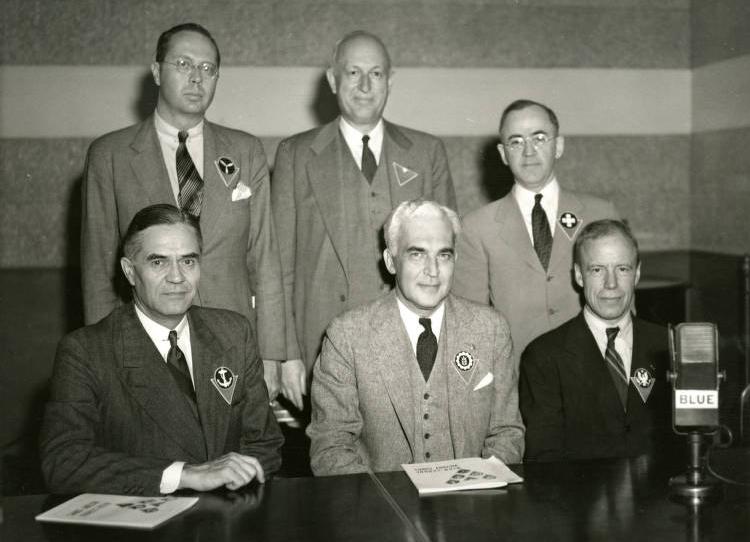Industries producing war material geared up immediately following Pearl Harbor. To meet the demand for labor, the employment services of each state came under federal control. By November 1942, the Indianapolis area office was organized as the Indianapolis Area War Manpower Commission (WMC) and included Boone, Hamilton, Hancock, Hendricks, Johnson, Marion, Morgan, Putnam, and Shelby counties.

By early 1943, the commission had adopted a statement of objectives and recommended community practices and policies. Duties included stabilizing employment, channeling workers into essential industries, curbing absenteeism, overseeing Production Board certification and apprentice training, and supervising utilization and employment ceiling programs.
Originally classified Group III by the WMC, the Indianapolis area was reclassified to Group II, an area expecting a labor shortage within six months—in June 1943. In response to figures submitted by the Indianapolis branch of the Employment Office reporting a shortage of workers, Indianapolis was reclassified to Group I, an area with a critical worker shortage, on October 1, 1943. A Group I classification meant no new war contracts for the 421 factories in the area producing war material, 167 of which produced war material exclusively.
To return to Group II status, Indianapolis had to institute a 48-hour workweek by November 15, hire additional workers, and reduce absenteeism and job switching. Businesses protested the reclassification and formed the Indianapolis Man Power Emergency Committee to assist in a quick reclassification. By February 1944, the Indianapolis area had been returned to its Group II status but was again reclassified as Group I in April 1945, where it remained until September when the WMC was dissolved.

Help improve this entry
Contribute information, offer corrections, suggest images.
You can also recommend new entries related to this topic.